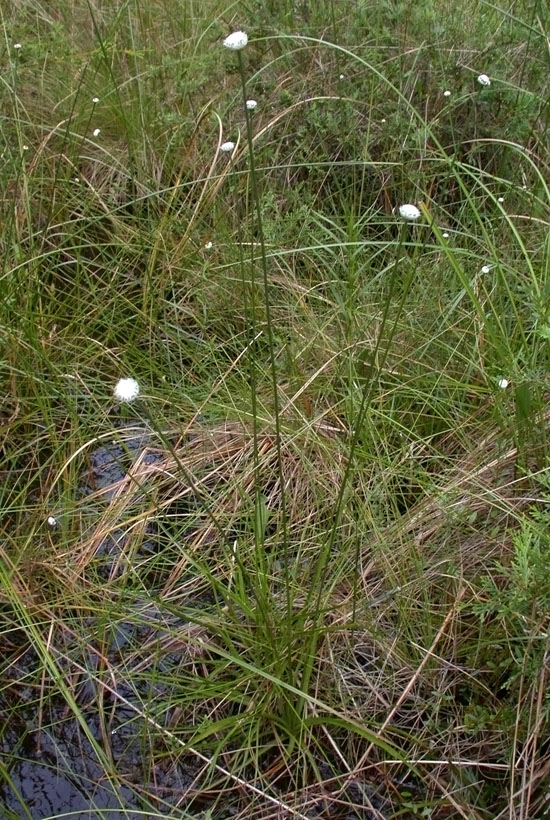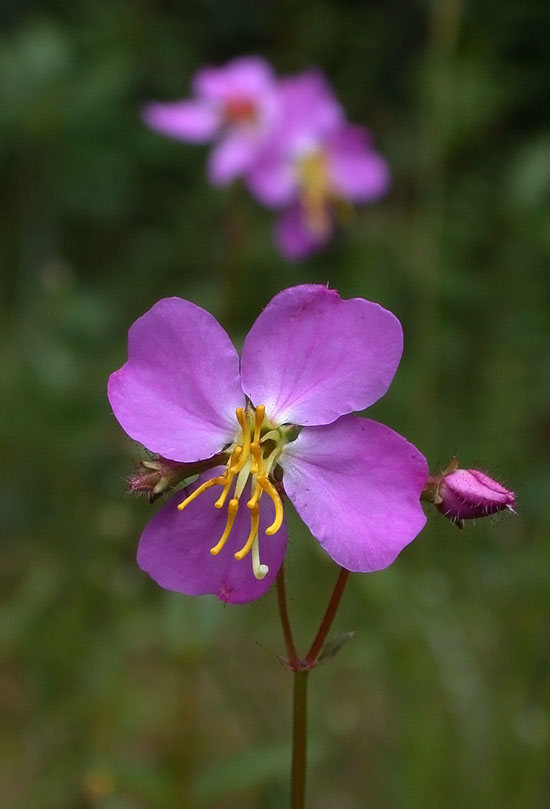Visited the NJ pine barrens again over the weekend. Toothed whitetop aster (Sericocarpus asteroides) was in full bloom along one of the sand roads.

A short distance down the road we found a pond surrounded by sweet pepperbush (Clethra alnifolia). This is a common shrub in southern NJ and can be seen blooming now along roadsides.

Once we got deeper into the pine barrens we found an eastern box turtle (Terrapene carolina carolina). Unfortunately these turtles have become less common because of poaching for the pet trade. We snapped a few photos and then moved on.

We spent most of the time searching what are called savannas down there. These are fens that occur along many of the rivers that run through the pine barrens, and are open peatlands typically fed by groundwater. They are often bordered by atlantic white cedar swamps. Nuttall’s lobelia (Lobelia nuttallii) can often be found where the swamp transitions into the savanna. It has a very slender flowering stem.

Canby’s lobelia (Lobelia canbyi) is occasionally found growing in the open savannas, though it is much less common. Like Nuttall’s lobelia it is quite slender but has a thicker flowering stem and a more upright growth habit.

Thread-leaved sundew (Drosera filiformis) can also be found in the open savannas and was nearing the end of its flowering period.

The ten-angled pipewort (Eriocaulon decangulare) is another familiar sight in the savannas. It often grows on higher ground than other pipewort species and has thicker leaves.

The last time I visited the bog huckleberry (Gaylussacia bigeloviana) was in flower. This time it was in fruit.

Some species prefer to grow in the wetter parts of the savanna including in the shallow drainage channels. The comb-leaf mermaidweed (Proserpinaca pectinata) was in fruit.

Several species of yellow-eyed grass (Xyris spp.) were blooming as well. Not sure which one this is, as they all tend to have similar flowers. This is one of the species that have twisted leaves.

The savannas are often separated by white cedar swamps. As we moved from one savanna to the next we came across a small colony of netted chainfern (Woodwardia areolata) in one of the swamps.

In the open parts of the swamps and along the edge of the savannas we found lots of Virginia meadow beauties (Rhexia virginica) in bloom.

There were also a few Turk’s-cap lilies (Lilium superbum) flowering in some of the shrub thickets.

The thickets and swamps were also full of club-spur orchids (Platanthera clavellata). This pair of plants were about twice as large as the others. While we were photographing these we saw a hummingbird nectaring on white fringed orchids (Plantanthera blephariglottis). Unfortunately it was moving too fast for us to get a picture.

We also saw crested yellow orchids (Platanthera cristata) along the edge of one savanna.

Yellow fringeless orchids (Platanthera integra) were still in bud. One of the larger plants may have flowered but unfortunately a deer had eaten the inflorescence. Maybe next year.

One of the last plants we found was growing next to the river in the flood zone. This is pink bogbutton (Sclerolepis uniflora). It is a member of the aster family (Asteraceae) that reaches the northern limit of its range here.
